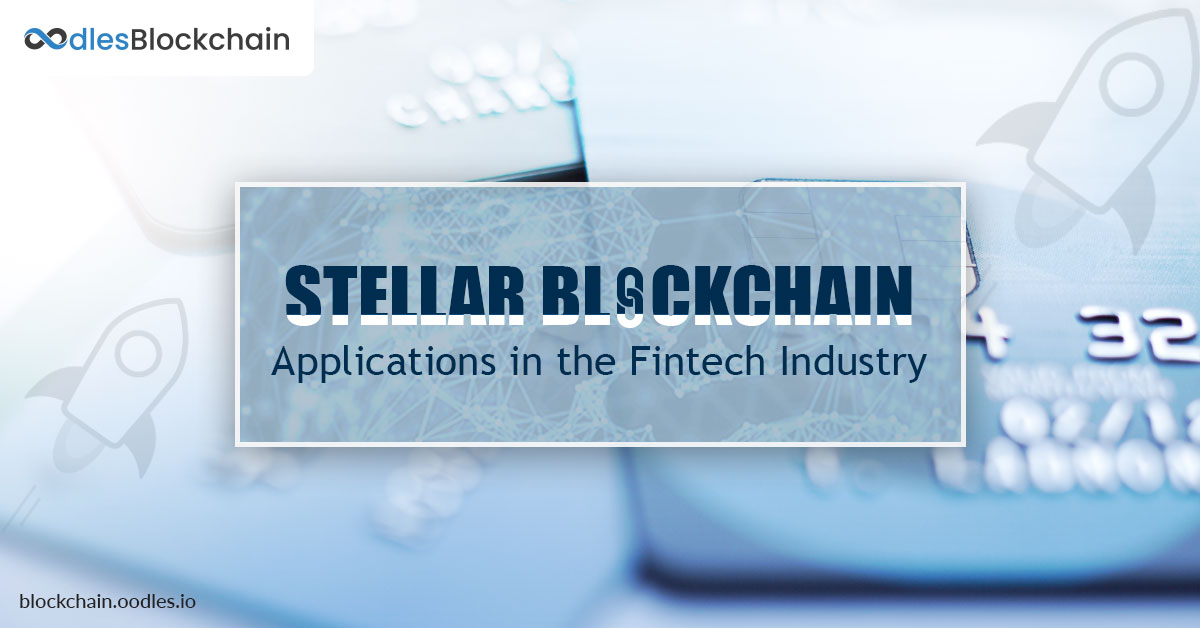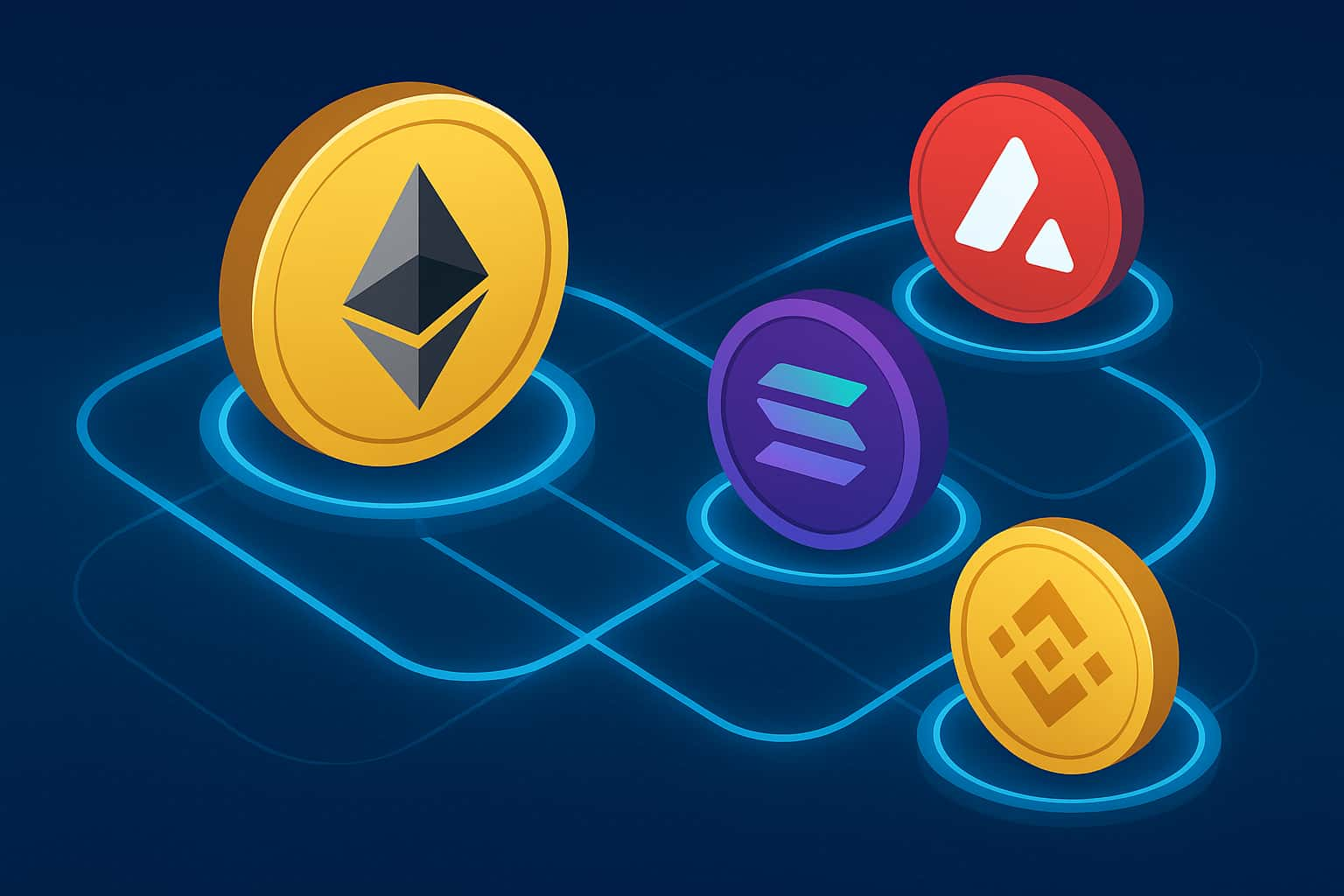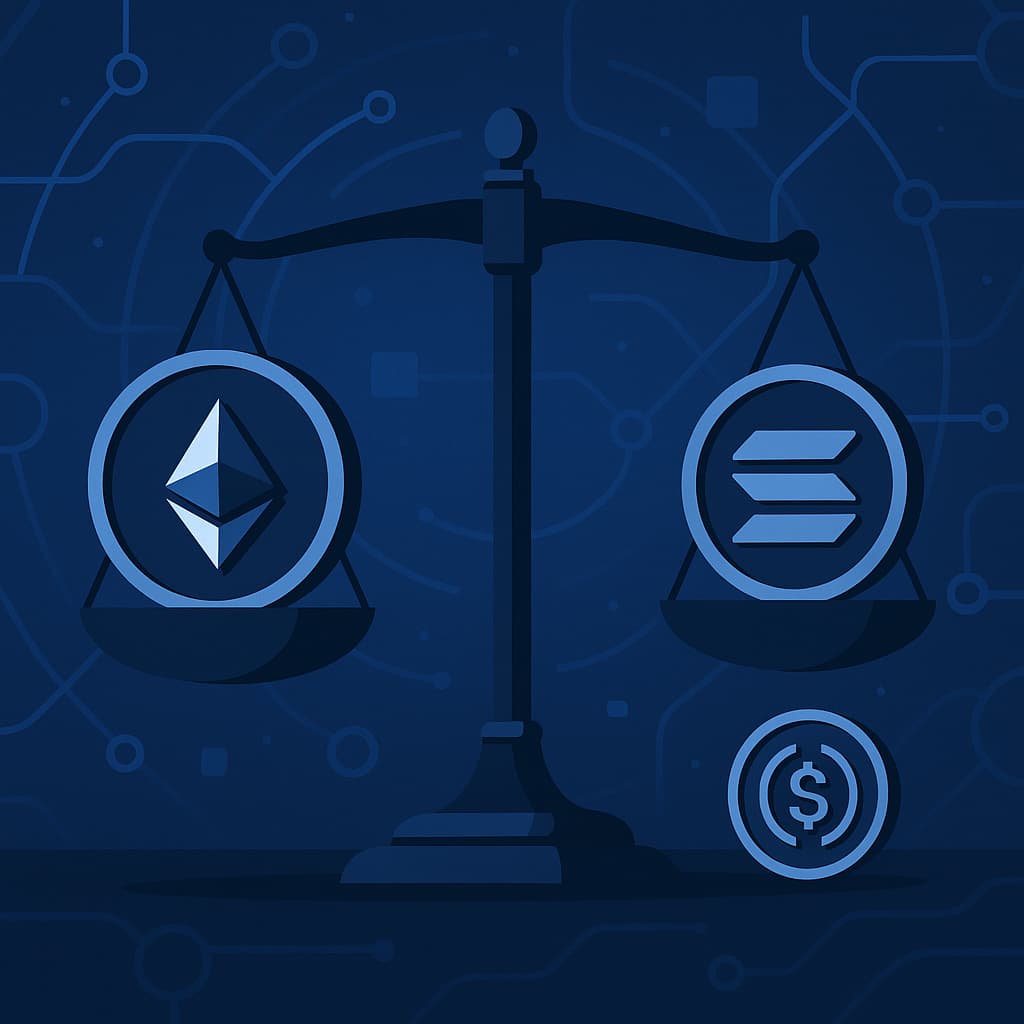-
A decade ago Bitcoin made headlines for its capacity to transform payments and introduced the concept of digital currencies. Blockchain, the underlying technology has since been explored by players in the financial services industry to create new digital currencies and trading exchanges. A variety of blockchain platforms have now emerged to solve various challenges in the financial services industry. One platform that is widely popular for simplifying cross-border transactions is Stellar. Stellar is an open-source blockchain platform for creating digital decentralized payment systems that provide fast transactions in any pair of currencies. With Stellar blockchain app development services, banks, financial institutions, and people can connect through decentralized financial markets for payment based use cases like cross-border transfers and remittances.
Let’s suppose someone wants to exchange USD for EUR. In a traditional currency exchange scenario, the conversion will involve processing fees and considerable time to process. However, Stellar blockchain and its decentralized exchange can find the cheapest possible exchange rates for a currency pair automatically.
How Does Stellar Streamline Transactions?
Stellar blockchain is a network of decentralized servers deployed across the world with a distributed ledger that gets updated every 2-4 seconds among all nodes. When there are more servers, the network becomes more independent. It prevents a single point of failure. So, when one server is down, the network continues to operate, which is different from traditional banking systems.
Traditionally, systems involve coordinated processes and operations, leaving little room for failure at any stage of financial transactions. Stellar blockchain overcomes such limitations by validating transactions uniquely with the Stellar Consensus Protocol.
Also, Read | Stellar Blockchain App Development | A Comprehensive Guide
The Stellar Consensus Protocol
The factor that differentiates Stellar from other blockchain platforms is its consensus protocol. Its consensus algorithm eliminates the need to rely on the entire miner network to validate transactions. The consensus mechanism uses the Federated Byzantine Agreement (FBA) algorithm that enables quick, efficient, and secure processing of transactions. FBA does that by using quorum slices (or a portion of the network) to verify and approve transactions. Each node of the network creates a list of validators that it trusts , called a quorum slice. Together all such slices form a network-wide quorum to ensure that Stellar stays decentralized with no central entity. After the network-wide quorum agrees on a certain version of the ledger, transactions reach their consensus.
The protocol eliminates the need for complex cryptographic mechanisms, and transaction validation happens through a voting process. As a result, Stellar achieves a transaction processing time of about 3 to 5 seconds and increases the speed of network operations by approx. 1,000 per second.
Ledger
Like a traditional database, Stellar’s ledger also records information about all transactions related to every single account on the network. A complete transaction copy of the global Stellar ledger is provided to each server that runs the Stellar software. It servers use a consensus mechanism (FBA) on the ledger to sync and validate transactions.
Stellar anchors
Stellar enables its users to use different types of trading pairs using trusted entities, called anchors. Anchors operate like a bridge between different currency pairs and the Stellar network.
Users make deposits to the anchors. In return, they issue the same amount in the form of credit and assign it to the user account in the Stellar network. Almost all transactions between users in the Stellar network are known as credit exchanges.
Also, Read | Stellar Blockchain: Understanding its Benefits for Payment Solutions
Benefits of Stellar Blockchain as Back-end Infrastructure for Digital Payment Solutions
Accelerated go-to-market time
Stellar provides an alternative to create back-end, both as an account management system and as a payment mechanism. It lowers the cost to launch a new solution, as well as the go-to-market time leading to innovation and specialization. Stellar achieve this by leveraging the scaling economics and continuous development associated with open-source projects.
Reduced costs
With Stellar, an account set-up cost is $.40 and transaction cost, $.0000025. It becomes beneficial for businesses that offer services to small and medium enterprises.
Enhanced access and interoperability:
With Stellar, companies can connect to a network of regulated financial services globally, and make transactions using a modern, instant, and low-cost payment framework. Additionally, it makes any asset or currency tradeable on the network to ensure interoperability between all participants.
Stellar Blockchain in Business
Established companies have already started creating payment services on the Stellar Network.
Being an open-source project , its software integration is licensed under the Apache, version 2.0, with no restrictions on commercial use of the network. However, it may require a blockchain development team that will create and integrate your solution with the Stellar network . According to Stellar.org, the process does not take more than 200 hours of development.
Also Read: Stellar Based Real-World Blockchain Solutions | Scanning the Stellar World
Conclusion
Stellar provides cost-efficient and simplified payment integration solutions , especially for SMEs and startups. Its ability to accept payments in any currency is crucial as it creates opportunities for new financial markets. It is something that traditional payment providers fail to guarantee.
Essentially, Stellar opens new possibilities for both entrepreneurs and users. Thus, if you want to kickstart your financial services venture with a Stellar payment system, connect with us!

Our Offices
INDIA
Emaar Digital Greens, Sector 61,
Gurugram, Haryana
122011.
Welldone Tech Park,
Sector 48, Sohna road,
Gurugram, Haryana
122018.














